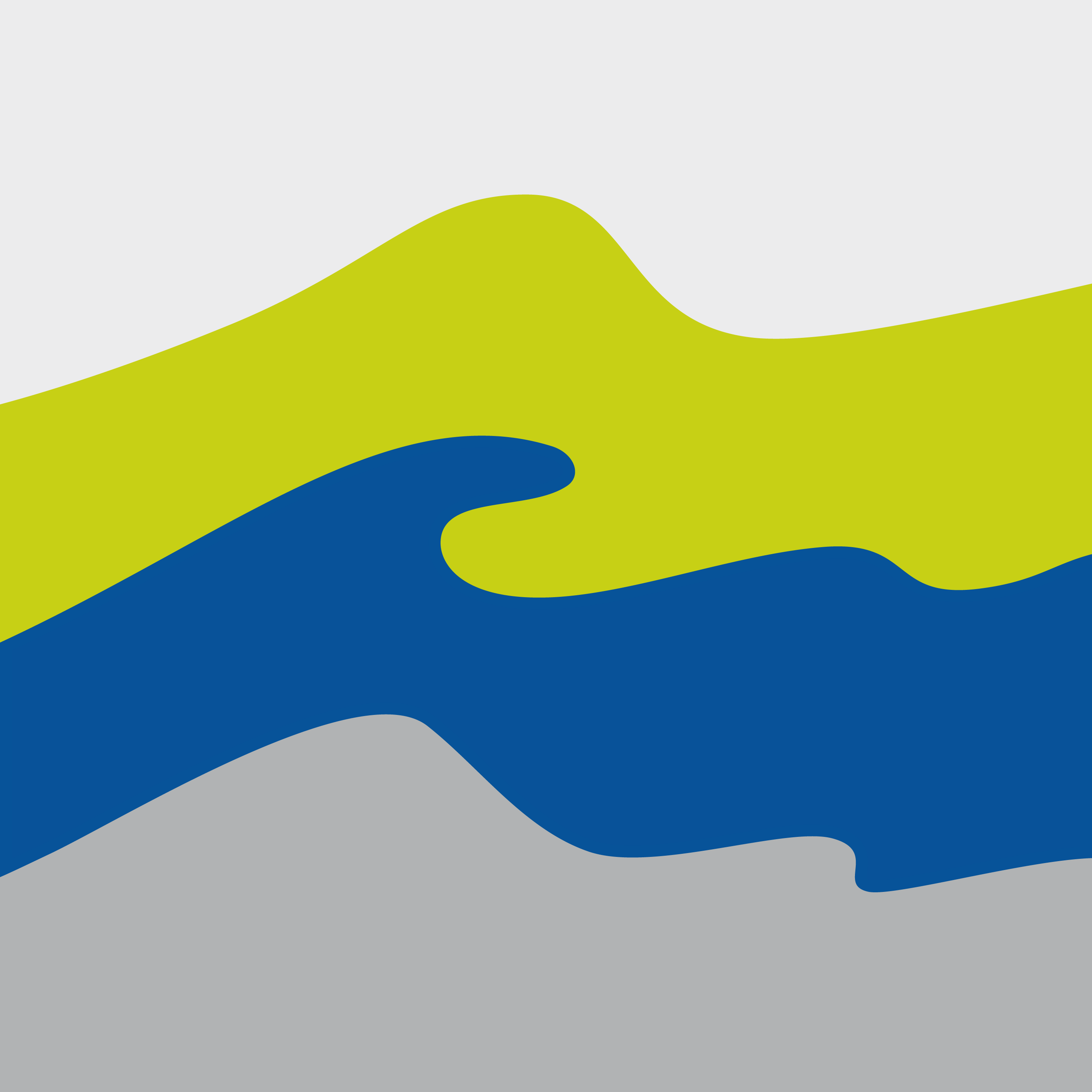Modeling of Wave Breaking at Artificial Coastal Reefs
| Leitung: | Univ. Prof. Dr.-Ing. Claus Zimmermann |
| Team: | Dipl.-Ing. Heiko Spekker, Dr.-Ing. Valeri Penchev |
| Jahr: | 2005 |
| Datum: | 01-01-70 |
| Förderung: | European Comission |
| Laufzeit: | 01.04.2005 - 31.03.2007 |
| Ist abgeschlossen: | ja |
Surface water waves are of great practical importance because of their impact on coastal and offshore structures, their implication for sediment transport and coastal morphology and their overall effect on the energy and momentum exchange between the atmosphere and oceans. Breaking of waves in the nearshore results in changes of the wave-induced momentum that drive nearshore currents and pressure gradients, and in general results in an essential spread of wave energy. Artificial coastal reefs (submerged rubble-mound breakwaters) are applied to cause breaking of waves at a distance from the beaches, and this way to reduce wave energy flux. This method of 'soft' defence could provide an effective and environmentally sound coastal protection when significant reduction of wave energy is achieved. However, breaking waves, bottom boundary layers, and associated turbulence are not understood well. Research performed so far on mechanism of breaking of waves passing a submerged obstacle is uncompleted. There is a need of more comprehensive knowledge on mechanism of wave breaking, in order to develop related numerical simulation models, and provide cost effective, functional, and environmentally sound engineering solutions.Bericht 694
